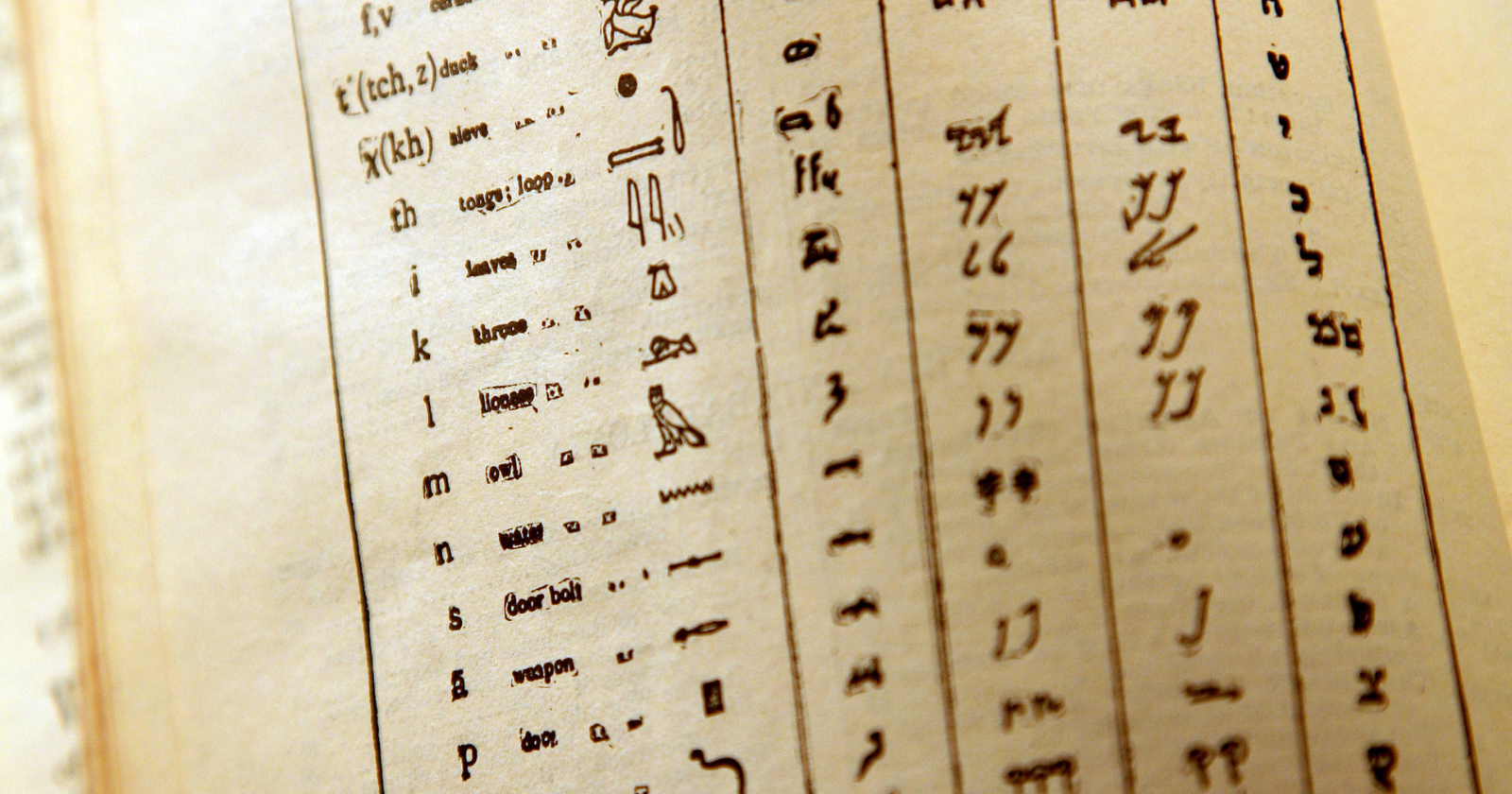Have you ever paused to think about the letters you’re reading right now?
The alphabet is so much more than just the ABCs — it’s a groundbreaking invention that transformed human communication.
From ancient carvings on stone tablets to the digital text on your screen, the journey of the alphabet is a fascinating story of innovation, spread across continents and cultures.
In this article,e we’ll take you back to the origins of written language, uncovering how simple marks evolved into the complex system of symbols we use today.
Let’s dive into the history of the alphabet and uncover the roots of our written words.
Semitic origins of Alphabet
The alphabet’s journey begins in the lands of the Middle East, where the seeds of written language first sprouted in Semitic regions.
“Semitic” links back to Shem — Noah’s son from Genesis, embedding the alphabet’s origins in a rich tapestry of biblical lore.
Imagine the stirrings of civilization, where the need to communicate pushes boundaries, leading to the creation of the first scripts.
Take, for example, Abraham’s trek from Ur to Canaan, a story of migration that mirrors the spread of languages.
This era gave us cuneiform in Mesopotamia and hieroglyphics in Egypt, the very pillars of writing.
Cuneiform’s wedge marks on clay and hieroglyphics’ detailed imagery on papyrus were not just scripts but milestones in human history. They allowed us to record, to remember, and to understand the complexities of ancient societies.
Through these early scripts, the foundation of written communication took shape, forever altering the course of human interaction and cultural development.
The Semitic roots
Let’s dive into the Semitic roots of the alphabet, a journey that takes us back to the cradle of civilization.
Here, ancient societies were busy laying the first stones of what would become the foundation of our modern writing systems.
These early scripts, like cuneiform in Mesopotamia and hieroglyphs in Egypt, were complex and cumbersome, consisting of hundreds of symbols.
Clearly, something had to give. The need for a simpler, more efficient method of communication was clear.
This quest for simplicity sparked a revolution, leading to the creation of an alphabetic system where each symbol was a gateway to a sound.
Think about it:
This was not just a minor adjustment but a quantum leap forward, dramatically transforming our capacity to document ideas and share knowledge.
Suddenly, writing wasn’t just for the elite; it opened up new worlds for everyone, setting the stage for an explosion of literary and cultural achievements.
This is the power of the Semitic innovation — a simpler way to communicate that changed history.
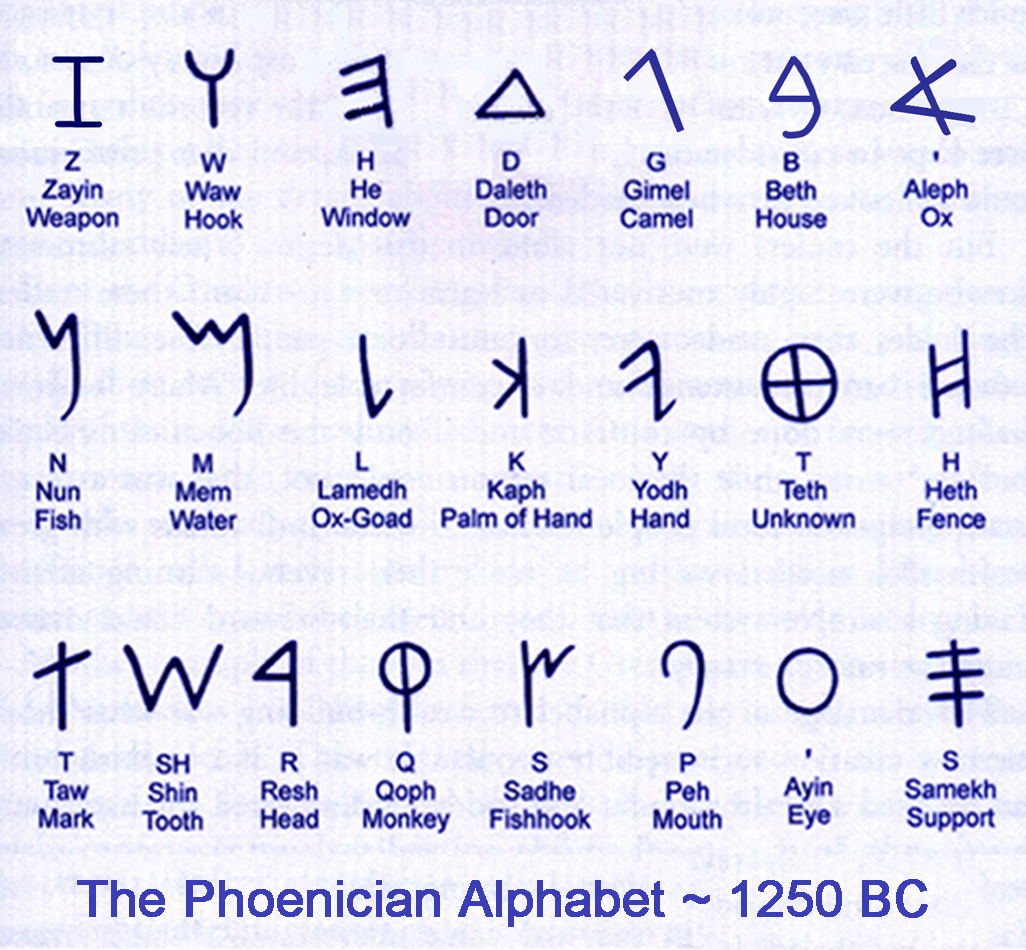
Phoenician breakthrough
The significant leap towards the alphabet we recognize today can be attributed to the Phoenicians — a seafaring people known for their expertise in navigation and trade.
Originating around 3200 BC, the Phoenicians embarked on maritime explorations, establishing trading networks that spanned the Mediterranean.
Their need for efficient communication with diverse cultures catalyzed the development of the Phoenician alphabet circa 1400-1250 BC.
This script was revolutionary, comprising only 22 letters based on sound, unlike the complex systems of cuneiform and hieroglyphics.
This simplicity and efficiency in representation allowed for easier adoption and adaptation across different languages and regions.
- The Byblos Syllabary, unearthed in the ancient city of Byblos, shows early signs of this alphabetic evolution.
- The sarcophagus of Ahiram, King of Byblos, features the oldest substantial inscription in the Phoenician script, marking a critical point in alphabetic history.
This period marks not just technological advancement in script development but also highlights how trade and cultural exchanges propel linguistic innovations.
By integrating syllables into a linear script, the Phoenicians laid the groundwork for future alphabets.
As a result, written communication became more accessible and it fostered a legacy that would permeate through Greek to Latin scripts.
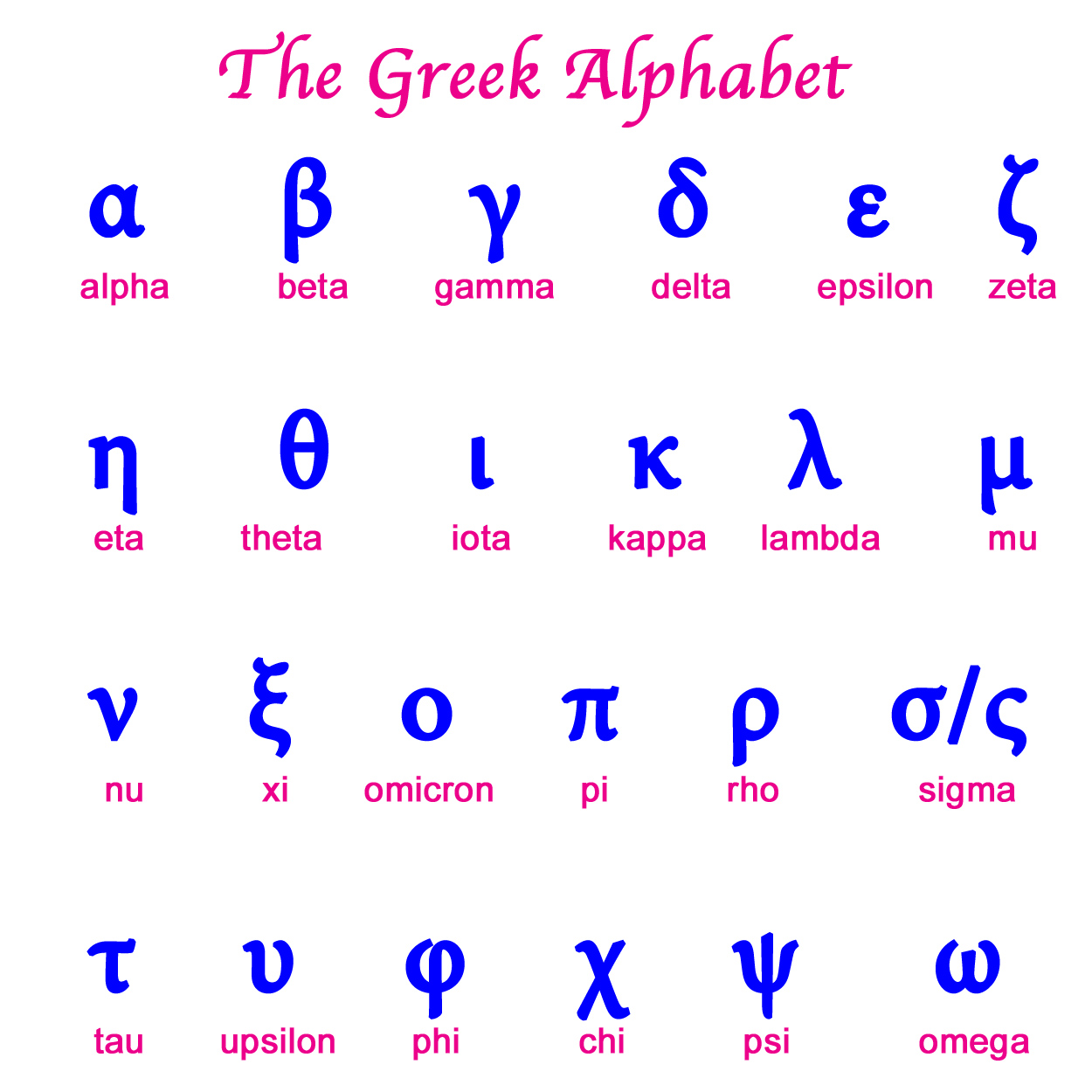
Greek contributions
The adaptation and evolution of the alphabet took a significant stride forward with the Greeks.
Inheriting the Phoenician script, the Greeks made a monumental contribution to the development of the alphabet by adding vowels.
This innovation transformed the script from a primarily consonantal system into a more comprehensive representation of speech sounds.
Specifically, the Greek alphabet consisted of 24 letters and was written from left to right. Interestingly, this was the first departure from the right-to-left orientation of its Semitic predecessors.
The dissemination of the Greek alphabet around the 8th century BC was closely tied to Alexander the Great’s conquests, which spread Greek culture and language across a vast portion of the ancient world.
The Hellenistic period that followed saw the Greek script becoming a lingua franca, used not only within the confines of Greece but also in territories spanning from Egypt to the fringes of India.
This expansion facilitated the translation of Hebrew Scripture into Greek, known as the Septuagint, in Alexandria.
Latin advancement
The alphabet’s evolution continued with the Romans, who adapted the Greek script to create the Latin alphabet.
This adaptation laid the groundwork for the modern Western alphabet.
The Latin script started with 23 letters, directly influenced by the Etruscan alphabet, which had itself been adapted from Greek.
This development underscores a chain of linguistic inheritance and transformation that spans cultures and epochs.
The power of the Roman Empire facilitated the spread of the Latin script far beyond its original borders, making it the dominant writing system in Western Europe.
The introduction of vowels in the Greek script carried through to Latin, enhancing its versatility and utility.
The Latin alphabet’s expansion and standardization were further propelled by the invention of the movable type printing press by Johannes Gutenberg in the 15th century.
Gutenberg’s first major work, the printing of the Latin Vulgate Bible, marked a significant moment in the history of written communication, massively increasing access to written texts.
This period also saw the Latin alphabet undergo modifications to better accommodate the sounds of different languages across Europe.
In fact, the addition of letters like “J,” “U,” and “W” exemplified this adaptive process. Finally, it culminated in the 26-letter alphabet used in English and many other languages today.
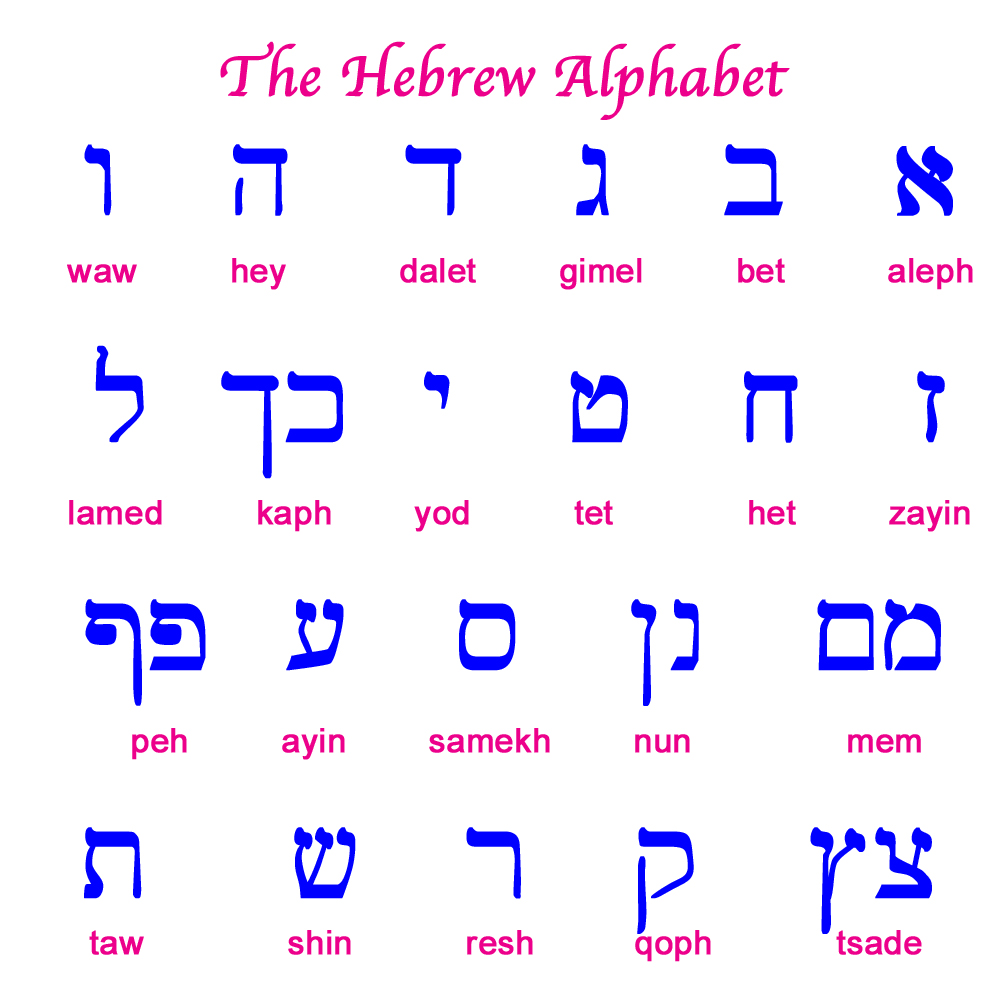
Hebrew and Aramaic influence
The narrative of the alphabet’s evolution is incomplete without acknowledging the significant contributions of Hebrew and Aramaic scripts.
Hebrew, the liturgical language of Judaism, and Aramaic, a lingua franca of the Near East, have both played crucial roles in the history of written communication.
Here’s how these ancient scripts contributed to the alphabet we know today:
1) Adoption of Aramaic script
During the Babylonian Exile, Hebrew script transformed as it came under the influence of Aramaic.
This led to the adoption of the square script alphabet of Imperial Aramaic, known as Ketav Ashuri.
Tradition holds that Ezra, a scribe and leader in the post-exilic Restoration of Israel, was instrumental in adopting the Aramaic square script for Hebrew writing.
This change marked a significant shift in how Hebrew was written, moving away from its Phoenician roots towards a script that would become iconic to Jewish identity.
2) Persistence of Paleo-Hebrew
Despite this major shift, the Paleo-Hebrew alphabet has persisted among specific communities, most notably the Samaritans.
This persistence highlights the diversity within alphabetic evolution and how cultural and religious traditions can influence and preserve linguistic practices.
3) Aramaic’s far-reaching impact
Aramaic’s influence extended beyond its adoption by the Hebrew language.
As a dominant lingua franca of the Near East for centuries, Aramaic facilitated cross-cultural communication and trade.
Its script gave rise to several important alphabets, including Syriac and eventually Arabic.
The role of Aramaic in early Christianity is also significant, with Jesus Christ and his Apostles believed to have spoken this language.
4) The Lingua Franca Effect
A lingua franca is a language used for communication between people who do not share a native language, often in trade, diplomacy, or cultural exchange.
As the ancient world’s trade networks and empires expanded, the necessity for such a common language became evident.
Aramaic filled this role in the Middle East, prized for its simplicity and flexibility.
Later, Arabic succeeded Aramaic as the lingua franca with the advent of Islam, knitting together vast territories with one linguistic thread.
These languages didn’t just enable trade and governance — they were conduits for spreading religious beliefs and cultural practices.
The emergence of these lingua francas underscores the alphabet’s role beyond mere record-keeping, binding disparate communities into a unified narrative.
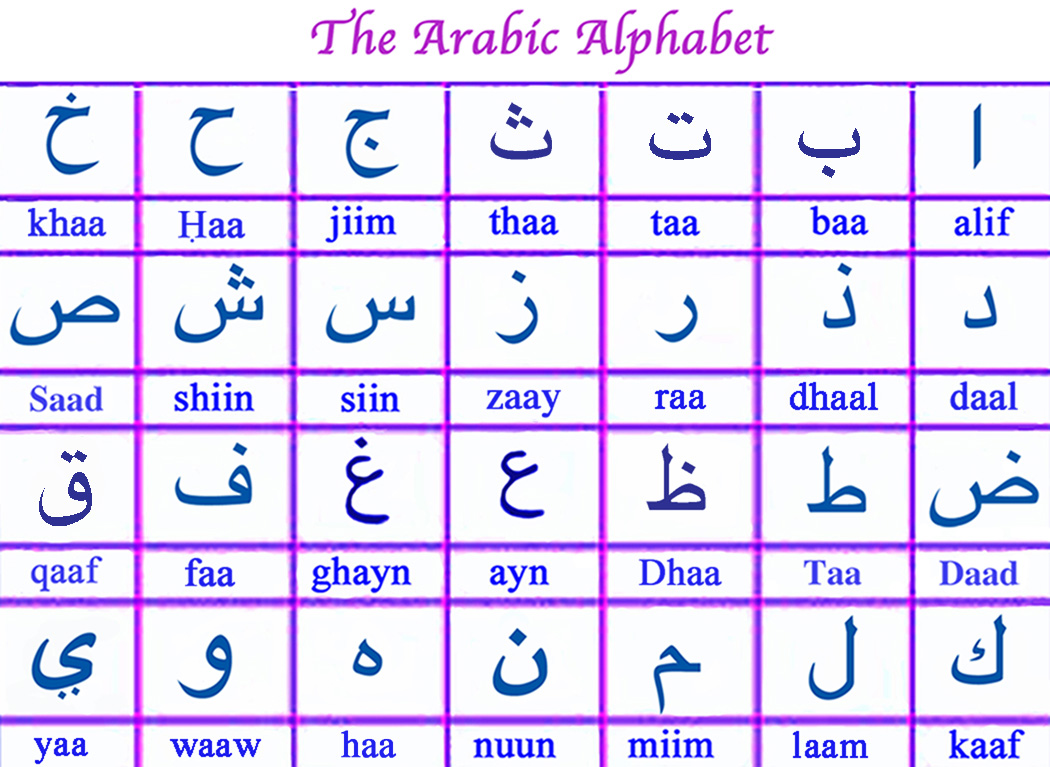
How did the Arabic script evolve?
The Arabic script represents the most recent significant evolution in the history of the alphabet.
This script has its roots in the Nabataean script, an Aramaic derivative used by the ancient inhabitants of Petra in Jordan.
Note that Arabic underwent a transformation that made it the definitive script for one of the world’s major religions — Islam, and the primary language of vast regions spanning from the Middle East to North Africa.
Nabataean origins
The transition from Nabataean to Arabic script is a fascinating study of linguistic evolution.
The Nabataean alphabet, used by the inhabitants of Petra and its surroundings, gradually morphed into what we recognize today as the Arabic alphabet.
This transformation was not merely a change in form but signified a shift in cultural and religious practices as well.
2) Expansion and standardization
With the rise of Islam in the 7th century AD and the subsequent Islamic conquests, Arabic spread rapidly across the Middle East and North Africa.
The compilation and dissemination of the Qur’an played a crucial role in standardizing the Arabic script, as it necessitated a clear, concise form of writing that could be easily understood by all Muslims.
This period saw the Arabic script evolve to include diacritical marks to represent vowels, significantly enhancing its readability and precision.
3) Literary and cultural renaissance
The Arabic script’s adaptability and elegance made it a favored medium for poetry, philosophy, science, and governance.
The Islamic Golden Age saw a flourishing of arts and sciences, with scholars making significant contributions to various fields.
The use of Arabic script in this intellectual renaissance helped preserve and disseminate knowledge throughout the Islamic world and beyond.
4) Modern adaptations
Today, the Arabic script continues to adapt to modern needs, including technology. Its use in digital media and computing demonstrates its enduring relevance and flexibility.
As with other scripts that have evolved over millennia, Arabic exemplifies how alphabets are not static relics but living systems that reflect human society’s changing needs and values.

What’s the role of Scripture in Alphabet history?
Scripture has played a key role in the history of the alphabet.
First of all, Jesus told his Apostles to share his teachings far and wide. He even spoke to people in places like Tyre and Sidon, showing the need for a simple way to write down and spread his words.
It’s also important to mention Paul’s travels, especially after his life-changing moment near Damascus. The reason is that they show how spreading Christianity went hand in hand with developing the alphabet.
As Christianity reached more people, the alphabet changed to make sharing its messages easier.
What’s more, Tyre and Sidon, important cities back in Jesus’ time, were part of this story. They were centers of early writing, which helped in recording Christian teachings.
This shows us the alphabet was more than just letters; it was a tool for sharing faith and bringing people together.
Final thoughts: How did language unite believers?
Language has always been more than just a means of communication. It’s a powerful force that unites people under common beliefs and values.
Throughout history, the development of the alphabet and the spread of languages like Hebrew, Aramaic, and Arabic have played pivotal roles in bringing believers together, regardless of distance or differences.
Teachings that transcend time and space were recorded, shared, and cherished across generations through scripture.
This shared language of faith has not only preserved the teachings of Christianity but has also fostered a sense of unity among its followers.
It’s a reminder that, at its core, faith is about connection — to God, to each other, and to the broader human experience.
As believers, we’re part of these stories and teachings that span millennia. Language and the written word have enabled us to share this rich heritage, drawing us closer to one another and to the divine.


